Engineer's Day 2019: Sir MV was always eager to learn. When he was more than a hundred years old, a relative asked him what he wanted from Chennai. “Get me a good, modern dictionary,” he replied.
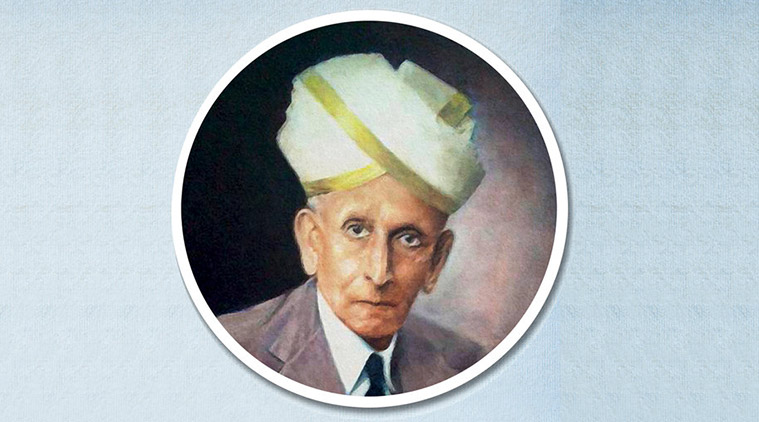
Engineer’s Day 2019: As a child, Vishwa walked a long way to get to school. As a college student, he tutored two children to make ends meet. And as an engineer, he built dams, bridges and institutions, and the foundation for a modern India. Read this to know how Sir M Visvesvaraya observed the world around him, learnt from it, made bold decisions and never shied away from hard work.
Written by Mala Kumar, illustrated by Krupa Thakur-Patil, Sachin Pandit, Sheshadri Mokshagundam, Photos: Visvesvaraya National Memorial Trust
Dhadddarr! Dhad! Dhad!
The books fell down as Mangala reached for an old trunk. Amma came running.
“Ah, my Sir MV book!” she said and picked it up. “He autographed it for Muttajji, see?” Mangala sat next to her mother.
“Did you know, your great grandmother went to college only because of him?” Amma asked.
“But wasn’t Sir MV an engineer? What did he have to do with Muttajji’s education?” asked Mangala.
“Oh yes, he was an engineer and built bridges and dams and buildings, but he also did so much more. You know what, tomorrow let’s go to Muddenahalli, the place where he was born.”
The house in the hills
In the small village of Muddenahalli, near present-day Bengaluru, is a house surrounded by rocky hills. Here a baby boy was born on September 15, 1860. Next to his house is a small office that he built when he became an engineer.
The office is now a museum. Each exhibit tells a story about this engineer – Sir Mokshagundam Visvesvaraya. Now that’s a really long name! So people started referring to him as Sir MV. His friends called him Vishwa.
Off to the city
As a young boy, Vishwa had to walk a long way to school. Looking at his precariously frail build, a teacher is supposed to have remarked that he would not live long. But this did not worry young Vishwa or his family. All they wanted was for him to have a good education.
When he was 15, Vishwa’s father passed away. He continued his schooling in Chikkaballapura and Bengaluru, and then studied Arts in Central College. He barely had money. Luckily, a couple took him in. In return for board, lodging and a small sum of money, he tutored their two children.
Vishwa graduated in 1881 and got a scholarship to study civil engineering at the College of Science in Pune. He topped the course.
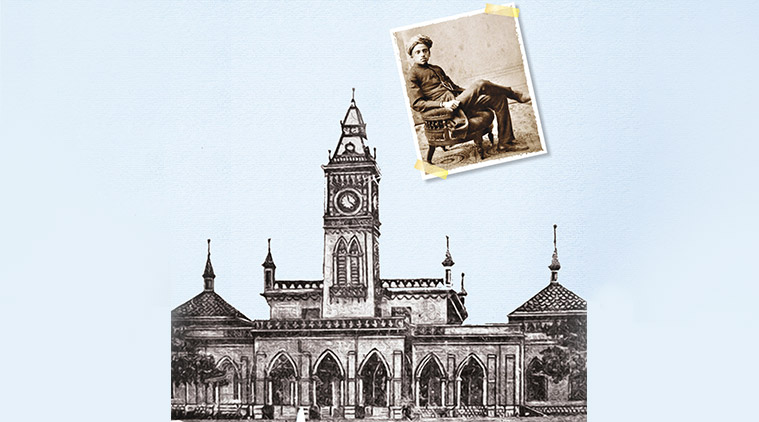
When Visvesvaraya graduated from Central College, Bengaluru, Principal Charles Waters presented him with a dictionary. Visvesvaraya used it for the next 80 years!
A very thrifty person, he once said in a speech: “If you buy what you do not need, you will need what you cannot buy.”
Riding to work
As the university topper, Visvesvaraya was appointed assistant engineer in the Public Works Department of the Government of Bombay. Within months, he built a structure called a syphon to bring water from the Panjra river to a village called Datari.
While there, he came to work from the camp office across Panjra river. How did he travel to work? On horseback of course, since this was in 1884!
One evening it rained so hard that the river was flooded and Visvesvaraya could not ride back to the travellers’ bungalow. For two days, the villagers of Nandwan and Datari offered him food and accommodation. But on the third morning, he had to return to the camp office. What did he do? He just swam back with the help of his Bhil workers. Can you imagine how strong he had become contrary to that early prediction?
Visvesvaraya’s public works, which started then, went on for over seven decades!
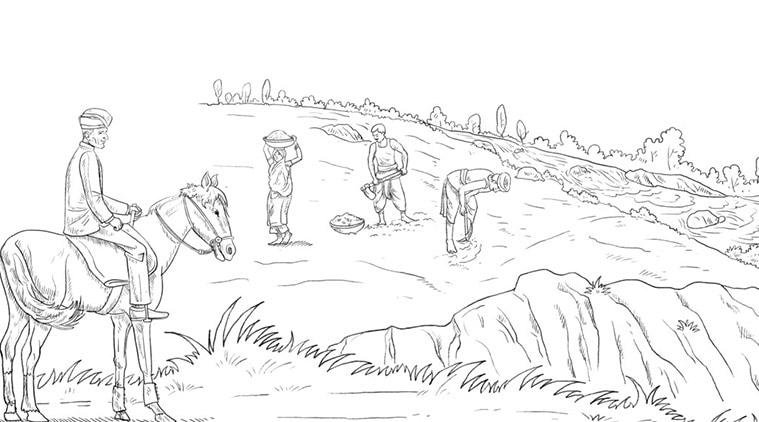
Visvesvaraya was passionate about water conservation. He designed many water supply, drainage and irrigation systems across the country.
Visvesvaraya also designed or advised on water supply systems in Aden (now in Yemen), Kolhapur, Indore, Gwalior, Bhopal, Nagpur, Goa, Rajkot, Bhavnagar, Baroda, Sangli and across Bihar and Odisha.
1894: Service in Sind: Designed a water filtration system on the riverbed to supply clean water to Sukkur, in Sindh, now in Pakistan.
1889: New Irrigation System: Designed a system of irrigation for the Bombay Presidency that could distribute water to large blocks of land and increase the output of crops. It was called the Block System of Irrigation.
1908: Drainage for Hyderabad: Cyclonic rains caused the Musi river to flood. Thousands of people were killed. The Nizam of Hyderabad invited Visvesvaraya to design a drainage and water supply system to prevent such losses.
Automatic Sluice Gates: The Khadakvasla reservoir, Pune’s water source, would overflow every monsoon. But the water that it could hold wasn’t enough for the summer.
Visvesvaraya designed a system of automatic gates that increased the capacity of the reservoir, which he patented* as the Automatic Sluice Gates. Similar systems were installed in Tigra dam, near Gwalior, and Krishna Raja Sagar dam, near Mysuru.
(*Patent: A government authority or license conferring a right or title for a set period, especially the sole right to exclude others from making, using, or selling an invention.)
The Mysore years
In 1909, after he finished his work as a consulting engineer in Hyderabad, Visvesvaraya received a telegram from the Dewan of Mysore offering him the post of Chief Engineer. But Visvesvaraya was no longer interested in routine work. So he asked if he could work on developing industries and technical education in the state. The government agreed.
Sri Krishna Raja Wadiyar IV, the Maharaja of Mysore, asked him to design a dam across the river Cauvery. Previously, Visvesvaraya had visited large irrigation projects like the Aswan Dam in Egypt.
He had observed how engineers there worked and came up with a design for the Krishna Raja Sagara Dam. Built over many years, it is a spectacular construction and thousands of people still visit it every day.
In 1912, when KRS Dam was built,
* it supplied power to the Kolar Gold Fields
* it had a tunnel that was nearly 3 km long, bored through a hill range
* it led to the cultivation of sugarcane, giving rise to large sugar mills in the region
* it was the largest dam in India
Education for all
In 1912, the Maharaja offered the post of Dewan to Visvesvaraya. But he was anxious to have opportunities to develop technical education and industries in the State and he did not want any high office. However, the Maharaja insisted, and Visvesvaraya became the Dewan.
As someone who knew the worth of a good education, Visvesvaraya wanted to set up schools and colleges. During his period as Dewan, between 1912 and 1918, the number of educational institutions in the state went up from just 4,568 to 11,294. The Maharani’s College in Mysuru became the first in the state to include degree courses for women.
Visvesvaraya was also responsible for starting technical education colleges, engineering colleges and agriculture education. He introduced compulsory education, which is now a fundamental right in the Indian Constitution.
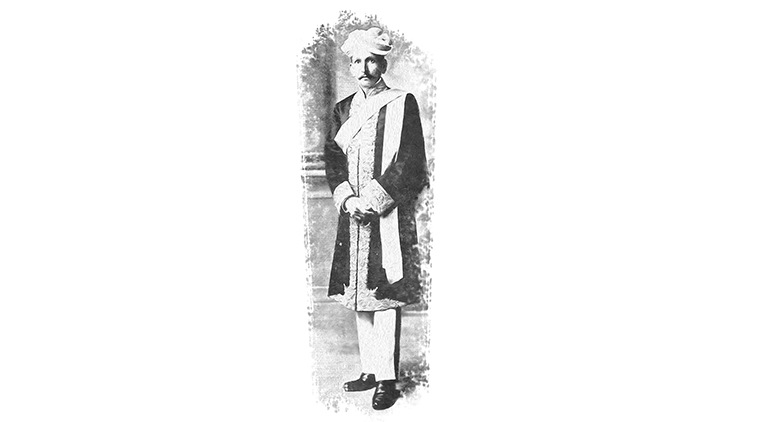
On a visit to his old school in Muddenahalli, he gave a packet of chocolates to the students.
When he was asked to give a speech, Sir MV spoke only for five minutes because he wasn’t prepared. Unhappy with that, he came back a few days later with a well-prepared speech!
When he resigned as chairman of the Mysore Iron Works, which he founded, a large sum of money was due to him. Visvesvaraya wanted it to be used to start a college where boys could learn a profession. So the Sri Jayachamarajendra Occupational Institute was set up in Bengaluru. It is now called Sri Jayachamarajendra Polytechnic.
The first Ganesha made at the Mysore Iron Works, later renamed Visvesvaraya Iron and Steel Plant.
Institutions that Sir MV helped to set up
- Government Engineering College (Renamed University Visvesvaraya College of Engineering), Bengaluru.
- Hebbal Agricultural School, that led to the formation of University of Agricultural Sciences.
- Sri Jayachamarajendra Polytechnic College, Bengaluru
- Mysore University
An honour for the genius
By now, Visvesvaraya was recognised for his work as an engineer and a leader in many parts of the country. In 1915, while he was the Dewan of Mysore, the British government made him a Knight Commander of the Order of the Indian Empire (KCIE). From then on, he was called Sir M.Visvesvaraya.
The visionary that he was, Visvesvaraya visited factories and big construction projects in many countries, not only to provide them with his services, but also to see how he could bring development to India. He felt India’s poverty could only be reduced if education and employment were available to everyone.
He often boldly declared, “Industrialise, or perish!” But, during the same time, Gandhiji used to say, “Industrialise and perish!” Even though the two great men did not have the same views about industrialisation, they respected each other.
Strong beliefs
Visvesvaraya was a very simple man. He focussed almost all his energy and thoughts on nation-building. He believed that all people should be respected for the work they did. During the
Mysuru Dasara celebrations, British officers sat on chairs while
Indian officers had to sit on the floor or remain standing at the back. Visvesvaraya stopped going to these durbars because of the discrimination. The government noticed this and got chairs for the Indian officers too.
A special car ride
Once, when Visvesvaraya was quite old, he wanted to go to his village. Chief Minister Kengal Hanumanthaiah said he could take a government car. But as he wasn’t going on official business, Visvesvaraya refused. So the CM drove him in his personal car!
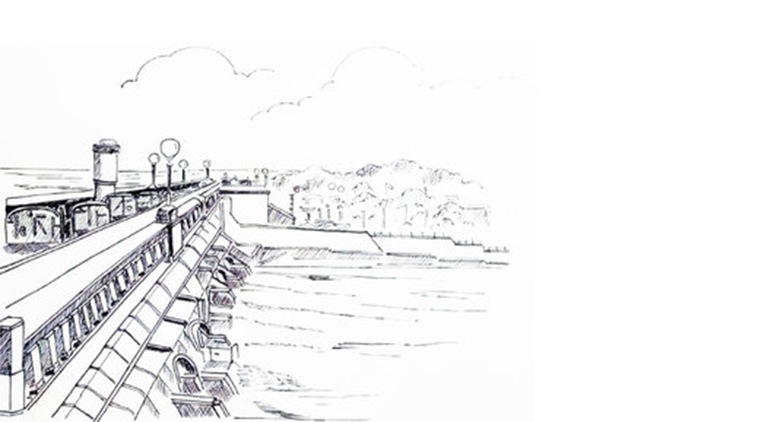
Team leader
Big buildings and structures cannot be built by a single person. Dreamers, researchers, funders, masons, labourers and many others have to work together to build them. Sir MV worked hard and efficiently, inspiring everyone around him to give their best too.
Once when he was on a study tour in America, Visvesvaraya’s host said the group had to climb a four-floor-high ladder to see how a particular machine worked. Everyone was scared. Not Sir MV! He climbed nimbly all the way to the top. He was 85 years old.
In his 90s, he was called upon by Prime Minister Jawaharlal Nehru to examine several proposals for bridges to be built over the Ganga. He first did an aerial survey of the region. No one expected him to come to inspect the rocky and dangerous terrain. Since Sir MV never did anything without thorough study and preparation, of course he travelled to the region to make notes. Based on the location selected by him, a road-cum-railway bridge was built near Mokama, Bihar.
Love for reading
Sir MV was always eager to learn. When he was more than a hundred years old, a relative asked him what he wanted from Chennai. “Get me a good, modern dictionary,” he replied.
The dictionary is now in the Muddenahalli museum.
Sir MV helped to set up the Mysore Agricultural Residential School. It later became the University of Agricultural Sciences. The rock on which he liked to sit has been named after him.
Among the books in his personal library were Poems of Kabir, Arabian Nights, Mark Twain’s Tom Sawyer Abroad, Charles Dickens’ The Pickwick Papers, Dr. Peter Schmidt’s Don’t Be Tired, Macmillan’s Promotion of Happiness and Rabindranath Tagore’s Stray Birds. Also in the library were books that he wrote: Memoirs of My Working Life, Constructing India, Nation Building: A Five-Year Plan for the Provinces and Prosperity Through Industry.
Express Opinion
As an engineer, and a person who valued education and discipline, Sir MV was an inspiration to millions of people. Among them was a boy called Ramu who used to read out to him from the newspapers when Visvesvaraya’s eyesight became weak. He wanted Ramu to come on time, read to him and leave for school on time. For this, Sir MV paid him 10 paise every day. Ramu’s reading improved and he grew up to become a teacher. After he retired, he became a Scoutmaster in Tumakuru and taught physical exercise, memory games, first-aid and sports to children for free.
Mangala and Amma had been learning about Visvesvaraya for a week.
“Amma, so Muttajji could get a degree because Sir MV introduced graduate studies in Mysuru?” Mangala asked.
Amma nodded.
“Ajji had an account in Mysore Bank founded by Sir MV?” Amma nodded.
“You worked at the Kannada Sahitya Parishat?” Amma nodded again.
“And now, I want to visit Visvesvaraya Industrial and Technological Museum which was set up in his memory,” said Mangala.
“Yes, let’s go there next week, on his birthday!” said Amma.
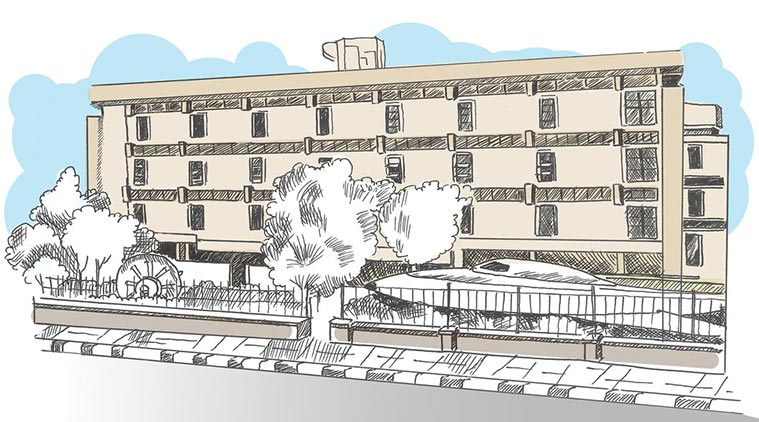
September 15 is celebrated as National Engineers’ Day in honour of Sir Mokshagundam Visvesvaraya, an outstanding engineer and visionary.
Visvesvaraya helped set up the Karnataka Sahitya Parishat (later renamed Kannada Sahitya Parishat) in Bengaluru to bring together people who spoke different dialects of the language.
Timeline of life events
September 15, 1860: Born to Venkatalakshmamma and Srinivasa Shastry in Muddenahalli
1875: Went to Bengaluru to pursue BA
1883: Graduated with a degree in civil engineering at the College of Science, Pune
1884: Started working at PWD, Government of Bombay
1909: Appointed Chief Engineer, Mysuru
1912: Appointed the Dewan of Mysore
1915: Became Sir MV when King George V of Britain made him a Knight Commander of the Order of the
Indian Empire for his contributions to public good
1955: Honoured with the Bharat Ratna for his contribution to engineering, education and nation building
April 14, 1962: He passed away five months short of his 102nd birthday
(Published with permission from Pratham Books and storyweaver.org.in.)
Source: Read Full Article



